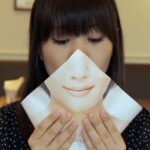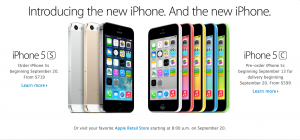“In the 1980s, Apple and Microsoft battled it out for the PC market, and Microsoft won by allowing independents to make its hardware and software. Apple’s Steve Jobs had a different idea”
CBC, “Apple, Google in Platform, war over mobile”
Speaking of mobile phone platform, iOS and android would definitely be the first two popped out of your mind. Yes, there are still other platforms such as Windows Phone and Black Berry OS, but their influence on the entire mobile market would be very limited compared to tech giants like Google and Apple.
Apple, so far, has grabbed more than 10 percent of the entire market share by being the leader into the smartphone industry as well as the optimization of iOS with iPhone. Android, on the other hand, have captured 80% of the total mobile platform since it was born few years ago. Because android doesn’t have much limitation on the hardware as iOS does, the openness of the system would be extremely high. However, even though android has captured most of the market, nexus series, Google’s own smartphone, are not selling well.
The reason for that would be the difference between a mobile product and a OS platform. For iPhone, since it is only compatible with its own system, consumers have no choice on another while only considering iOS mobile devices (they sure have iPod touch and iPad, but those are defined slightly different than smartphones). Google, on the other hand, even though has its OS covered 80% of the mobile phone market, since every firm in the market would want to differentiate themselves, they would come up with different user interfaces, which are still based on android, but with a completely different look. By that, for every time Google launches its new android phone, it would face the pressure from all competitors that are using android as their OS, which would lead to a much lower sale compared to the “monopolistic behaviour” of iPhone in iOS devices.





 A man eating a gigantic burger? Not a big problem.
A man eating a gigantic burger? Not a big problem.

